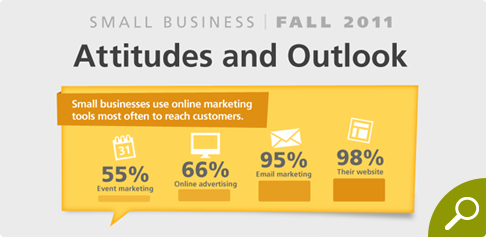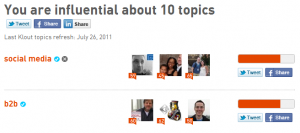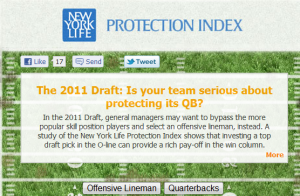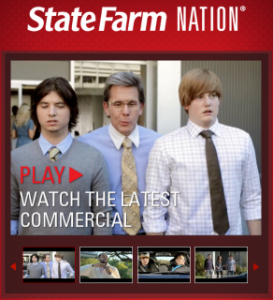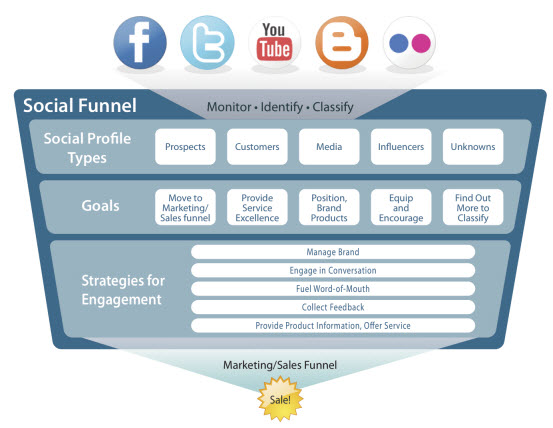A quartet of new research reports suggested that small and midsize businesses (SMB) are rapidly waking up to the potential of social media and cloud-based infrastructure to create new operational efficiencies and better engage customers – and that they may also be leading the US out of recession.
A recent survey of more than 2,000 small businesses by e-mail marketing provider Constant Contact found that 81% say they now use social media for marketing, up from 73% in the spring. Furthermore, a significantly larger percentage agreed with the statement that social media marketing is “easy to use,” “doesn’t take up too much time,” and “works with my customers” than did so in the spring. Facebook was identified as the most effective tool by a comfortable margin, but Twitter, LinkedIn and video sharing are all creeping up.
It should be noted that the majority of respondents to the Constant Contact survey were customers, which means they are already marketing online. Other research studies over more general populations have indicated that small businesses still lag far behind large enterprises in their adoption of social media tools.
It’s also worth noting that 81 percent of respondents use face-to-face interactions to connect with customers or prospects, underlining the fact that Facebook has its limits.
A new global study of chief marketing officers (CMOs) at midsize businesses released today by IBM shows that marketers are concerned about improving customer engagement but are unclear about how to proceed. More than seven in 10 respondents said they aren’t sure how to improve customer loyalty at a time when peer reviews and open sharing are making customers more informed, more critical and less loyal. Only 40% are taking the time to understand and evaluate the impact of consumer-generated reviews, blogs and peer rankings on their brands.
The CMO research further reveals that 62% say they are unprepared to take advantage of the opportunities presented by mobile commerce and 72% say they don’t know how to cope with declining levels of brand loyalty that could result from easier comparison shopping. So while midsize firms may be using social marketing, they aren’t necessarily confident in the results.
There is no question that the concept of “social business,” which is being promoted by IBM and others, is gaining traction. Social business involves using tools both inside and outside the organization to unearth knowledge, improve business responsiveness and create new paths for engagement with customers. The concept has gained momentum in the form of “intranet 2.0” platforms, which augment traditional intranets with Facebook-like features.
An IBM study of more than 4,000 Information Technology (IT) professionals from 93 countries and 25 industries found that adoption of the social business concept is erratic and geographically influenced. Indian companies were three times as likely to have embraced social business concepts as Russian companies. The US and China showed strong adoption rates, but both lag India by a significant margin. The research, which was conducted by IBM’s DeveloperWorks organization, also showed rapidly growing acceptance of cloud computing as a platform for application development and a swing toward developer preference for the Android mobile operating system.
If, as many people believe, small and midsize businesses are leading indicators of economic growth, then there’s also good news in survey of 1,295 small and medium business IT professionals conducted by Spiceworks. The study found that IT budgets grew 9% in the second half of 2011 compared to the first half. That’s the largest increase in two years. Nearly one third of SMBs said they are planning to hire new staff, which is also an improvement over the stagnant staffing rates of the past two years.
Disclosure: IBM’s Midsize Business organization is a client of Paul Gillin Communications.

